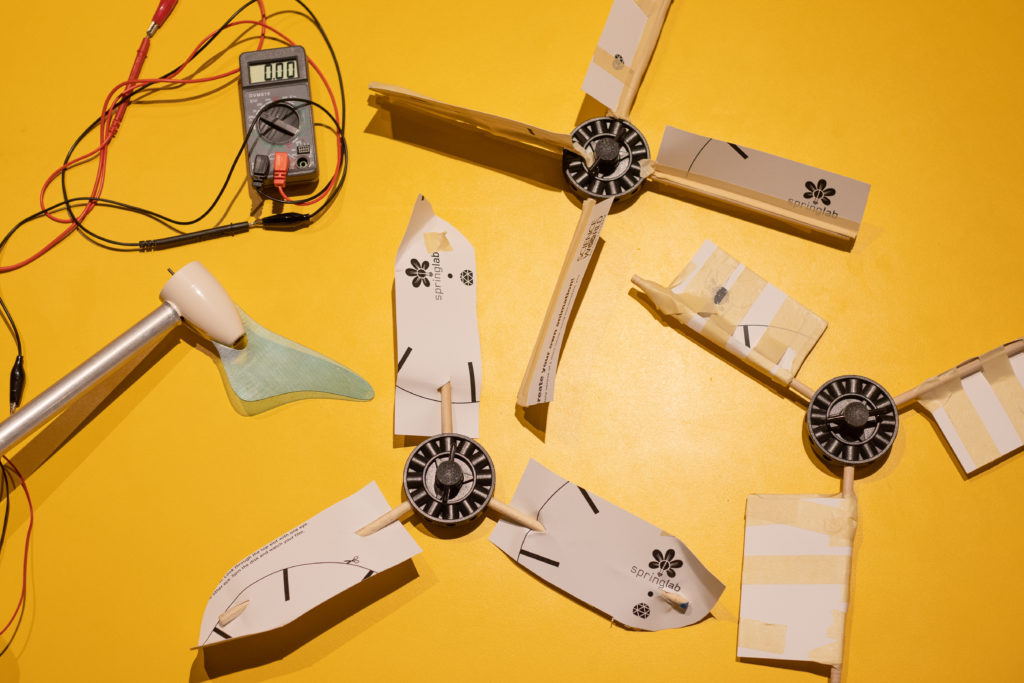In this activity, teachers are provided with data from the Stratosphere Jump by Felix Baumgartner to use in a variety of ways.
On October 12, 2012, Felix Baumgartner ascended 39km to the stratosphere in a capsule carried by a balloon. At 39km, he stepped out of the capsule and fell to Earth.
On that day, Felix Baumgartner broke several records, including highest freefall and fastest speed in a freefall. He was also the first human to travel faster than the speed of sound without machine assistance.
Teacher Tip: 39km is the approximate straight line distance between Science World and the Britannia Mine Museum in Britania Beach, BC. This is a driving distance of 54.2 km (~ 50 minutes). You can mark this distance on a map or globe, to help students visualize the height.


